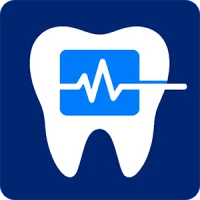
Dental Blog
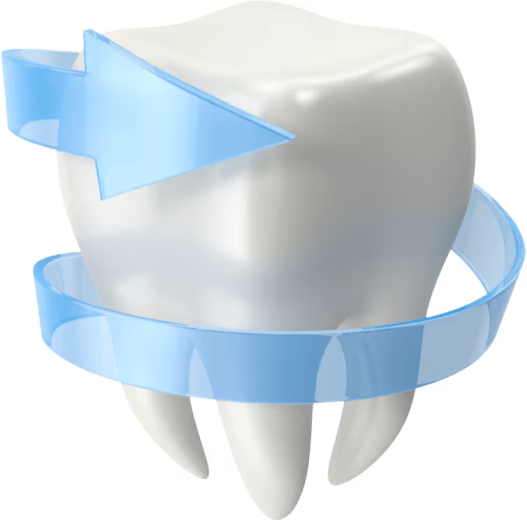

Resources for Dentists
Dive deep into helpful guides and in-depth information about:

Your Resource for Dentistry Insights
Sedation dentistry is evolving. Regulations change, compliance requirements grow, and practices need tools to stay ahead. The Sedate Dentistry Blog is here to help you learn, adapt, and succeed with resources built for dentists, oral surgeons, and office managers.

Explore Topics That Matter

Sedation Dentistry
Learn about sedation dentistry's best practices, compliance tips, and case studies.

Patient Vitals Monitoring
Device integrations, patient monitoring, and technology insights.

Patient Forms & Experience
Intake forms, digital consent, and patient-focused workflows and user experience.

Dental Practice Growth
Grow your dental practice with in depth guides, tutorials, and software reviews.
Recent Guides for Dentists
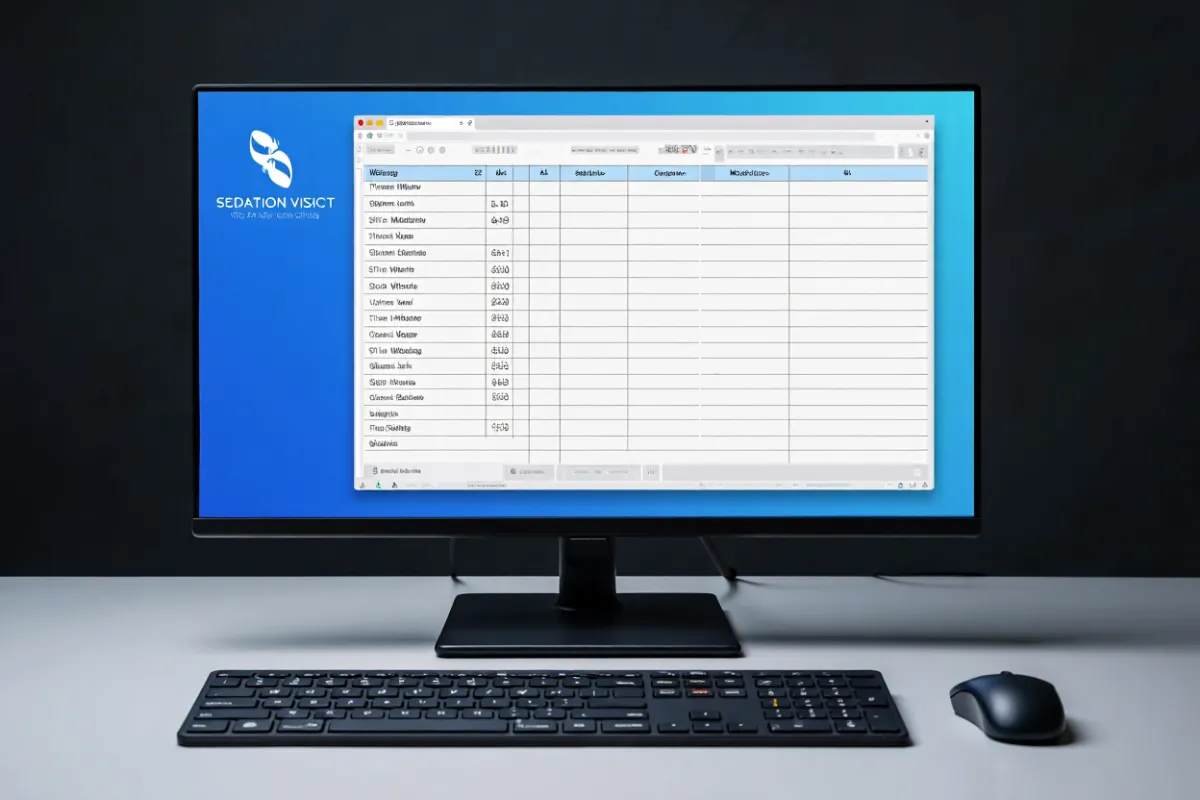
Top 5 Mistakes in Sedation Charting (and How to Avoid Them)
Sedation charting mistakes are predictable—and preventable. This guide breaks down the five most common documentation errors and shows exactly how to fix them with clear fields, real-time habits, and software prompts that keep every record complete and audit-ready.
Table of Contents
Top 5 Mistakes in Sedation Charting (and How to Avoid Them)
Mistake #1: Missing drug concentration and route on dose entries
The fix: Make concentration and route required fields with a read-back
Mistake #2: Late entries instead of real-time documentation
The fix: Assign a dedicated Recorder and use timer-driven prompts
Mistake #3: Treating nitrous oxide as a checkbox
The fix: Chart nitrous in a dedicated block with the five essentials
Mistake #4: Inconsistent interval vitals and missing “extra entries”
The fix: Separate roles and log “extra entries” whenever the room changes
Mistake #5: Vague event and reversal documentation
The fix: Write events like a timeline and template reversals
The five mistakes and their fixes at a glance
The documentation script that makes dose entries bulletproof
The running-total habit that prevents over-titration
The interval system that holds when the room gets busy
The nitrous note pattern that passes audits in seconds
The discharge checklist that ends “vibes-only” decisions
The governance loop that keeps standards from drifting
The crash-cart and room-readiness checks that protect your timeline
The rollout plan that fixes the five mistakes in 30 days
Week 1: Standardize templates and required fields
Week 2: Train roles and scripts
Week 3: Launch interval timers and live charting
Great sedation care needs great documentation. The purpose of this article is to pinpoint the highest-risk charting mistakes and provide step-by-step fixes your team can implement today. The solutions combine standardized fields, role-based workflows, timer-driven prompts, and structured notes inside Sedation visit record software and IV sedation charting software so accuracy holds when the room gets busy.
Mistake #1: Missing drug concentration and route on dose entries
Missing concentration (mg/mL) and route is the fastest way to create ambiguity in a legal record. The problem shows up when teams document “1 mg midazolam” without noting 1 mg/mL or the route, making it hard to audit math or reconstruct the exact administration.
The fix: Make concentration and route required fields with a read-back
The most reliable fix is a forced workflow. Configure required fields for concentration and route and make the Recorder read back “drug—concentration—route—exact dose—time—indication—response—running total” before clicking save in digital sedation visit records. Reinforce the pattern with examples from document sedation doses accurately.
Mistake #2: Late entries instead of real-time documentation
Backfilled notes look tidy but erode defensibility. Late entries blur sequence and can miss brief events, dose-response details, or running total updates—especially in longer IV cases.
The fix: Assign a dedicated Recorder and use timer-driven prompts
Assigning a Recorder is the single biggest driver of real-time charting. Pair that with interval timers in minute‑by‑minute IV charting so vitals callouts cue live entries. If a team is still on paper, show the operational and legal delta in Sedate Dentistry vs. paper records and plan your changeover with Plans & Pricing.
Mistake #3: Treating nitrous oxide as a checkbox
Nitrous documented as “used/not used” fails audits. Gas is dose over time and requires start time, titration range, peak percentage, duration at peak, and oxygen flush at the end.
The fix: Chart nitrous in a dedicated block with the five essentials
Configure a nitrous section inside paperless sedation visit logs that captures the five essentials in seconds. Teach a spoken script—“Start 20%, ranged 20–35%, peak 35% for 18 minutes, O₂ 100% for 5 minutes”—and paste the summary directly in the timeline.
Mistake #4: Inconsistent interval vitals and missing “extra entries”
Intervals slip when no one owns the timer, and “spike moments” often go undocumented. Missing intervals and skipped extra entries make it hard to connect interventions to physiologic changes.
The fix: Separate roles and log “extra entries” whenever the room changes
Give the Monitor Tech the timer and the Recorder the keyboard. Record vitals every 5 minutes for IV cases and every 10–15 minutes for straightforward nitrous/oral per policy, and add extra entries for stimulation spikes, dose changes, alarms, or airway maneuvers. Align cadence and roles with How to Standardize Sedation Visit Records Across Your Practice.
Mistake #5: Vague event and reversal documentation
Event notes like “patient agitated—meds given—better” are indefensible. Reversals documented without pre/post vitals, dose to the decimal, route, and minute-by-minute response leave gaps reviewers will question.
The fix: Write events like a timeline and template reversals
Adopt a simple sequence: observation → action → dose → response, with times on each line. For reversals, document indication, exact dose and route, time, response within one minute, and ongoing monitoring for re-sedation. Practice scenarios from 10 Best Practices for Managing Sedation Emergencies to build muscle memory.
The five mistakes and their fixes at a glance
Use this HTML table in your playbook or compliance library and paste it into your charting SOP.
The documentation script that makes dose entries bulletproof
Clarity comes from repetition. Train every Recorder to say and type the same eight fields for each dose. “Medication name and concentration, route, exact dose, time, indication, response, running total.” For quick onboarding, hand new hires digital sedation training.
The running-total habit that prevents over-titration
Over-titration happens when cumulative doses live in someone’s head. Running totals should update on-screen with each entry and sit next to mg/kg ceilings for pediatric dosing. Turn on auto-summing and ceiling display in sedation record software (digital) and rehearse verbal totals during handoffs, as taught in The Role of Dental Assistants in Sedation Record-Keeping.
The interval system that holds when the room gets busy
Intervals hold when the team hears a cue and knows who speaks and who types. Give the Monitor Tech the timer and a short callout script; give the Recorder the keyboard and the responsibility to add extra entries when the plan changes. For a one-page operational map, review Streamlining Sedation Workflows: From Intake to Reporting.
The nitrous note pattern that passes audits in seconds
Auditors look for five nitrous details: start, range, peak %, duration at peak, and O₂ flush. Build one block that captures all five and teach the Recorder to read it back verbatim. Post a laminated card in the operatory and embed the same prompts in the chart.
The discharge checklist that ends “vibes-only” decisions
Discharge should be objective. Require final vitals, orientation to person/place/time, ambulation with minimal assistance, nausea/pain controlled, oral fluids tolerated, and escort briefed for oral/IV cases. Make these a hard stop in Dental sedation compliance and finalize in Sedation visit record software.
The governance loop that keeps standards from drifting
Templates and policies drift unless someone owns them. Assign an owner, set a quarterly review, and track five metrics: interval completeness, concentration recorded on every med entry, nitrous detail completeness, late-entry edits per 100 visits, and reversal documentation completeness. Use the metric set from our 2026 Sedation Dentistry Compliance Checklist and store versions in compliance checklists for sedation.
The crash-cart and room-readiness checks that protect your timeline
Documentation collapses when equipment fails mid-case. Build a 60-second room-ready sequence and a monthly crash-cart audit so you never interrupt charting to chase supplies. Model your ABCD drawer map and audits on Sedation Crash Cart Requirements.
The rollout plan that fixes the five mistakes in 30 days
Speed matters when transforming habits. Use this four-week sprint to upgrade documentation quality fast.
Week 1: Standardize templates and required fields
Update dose, nitrous, and discharge sections; enable required concentration and route; add mg/kg ceilings for peds. Publish the template update in sedation compliance software.
Week 2: Train roles and scripts
Run two-minute dose read-back drills and five-minute nitrous logging drills. Assign a Recorder on every sedation day and rehearse the interval callouts from How to Standardize Sedation Visit Records Across Your Practice.
Week 3: Launch interval timers and live charting
Turn on interval prompts in IV sedation documentation and chart two mock cases per operatory. Gather friction notes and adjust picklists or phrasing.
Week 4: Start the five KPIs and hold your first review
Publish a simple dashboard and run a 30-minute review. If a KPI dips, assign a micro-module and a drill. Use the workflow lens from Sedation workflow that scales to keep improvements coordinated.
Bottom line
Sedation charting mistakes disappear when you make the right action the easiest action. Required fields, role-driven timers, a consistent dose script, structured nitrous notes, and objective discharge criteria turn documentation into a calm routine. Back those habits with software prompts and a short KPI set, and your records will be clear, complete, and ready for any review.
Next Steps
Book a Free Demo to see how Sedate Dentistry’s Digital Sedation Visit Records Software can streamline and replace paper sedation visit records—saving time, money, and increasing compliance while reducing liability and improving the quality of patient records.
Ready to modernize your sedation documentation? Book a Free Demo

Stay Ahead of the Curve
Benefits of Following Our Blog
Learn compliance best practices.
Discover new sedation software features.
Get expert tips for improving patient care.
See how practices are switching from paper or competitors like Xchart.

Learn More About Sedate Dentistry?
Request a software demo today. See how we can digitalize your sedation visit records.
Simple Pricing, No Hidden Fees
No limits on Procedures or Patients (additional fees for additional offices and dentists)
Testimonials
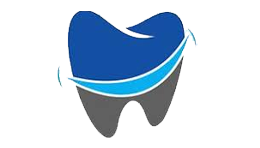
SmileRight Dentistry
Here's Sedate Dentistry Software in a nutshell. Time Saver. Money Saver. Easy to use. Amazing support. End of story.
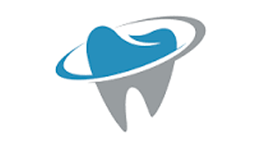
DentalClean
We learned about Sedate Dentistry from one of their other sister companies Edental. We switched from Xchart and this app works great.
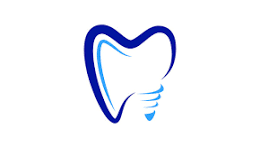
Metro Dentistry
The team at Sedate Dentistry has been amazing, especially Josh who helped integrate into our Edan X10. Much better than Xchart and a fraction of the price.
Contact Us
Contact Us
3165 West 4700 South, Suite A, Taylorsville Utah 84129



















